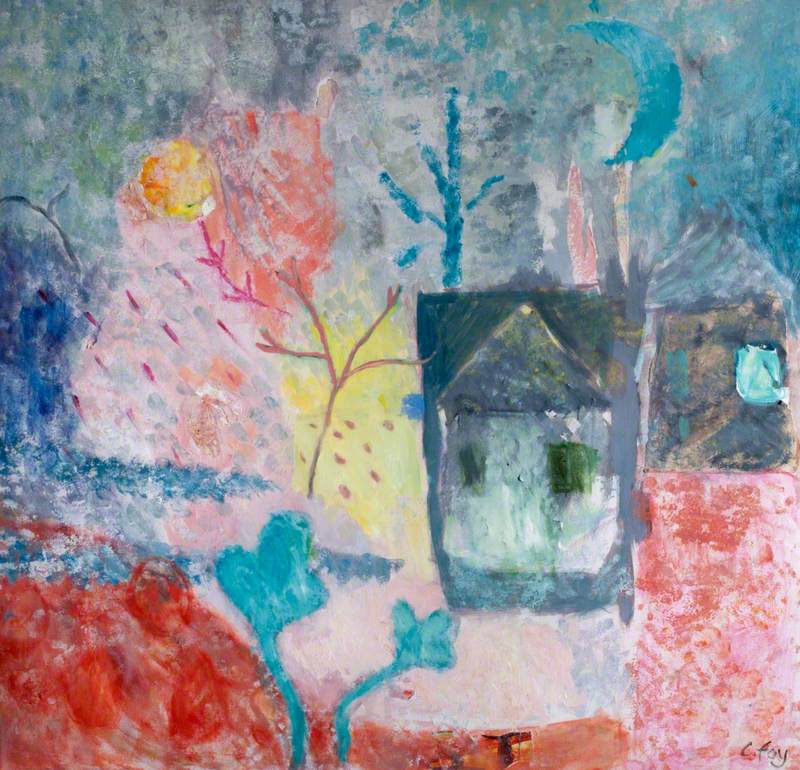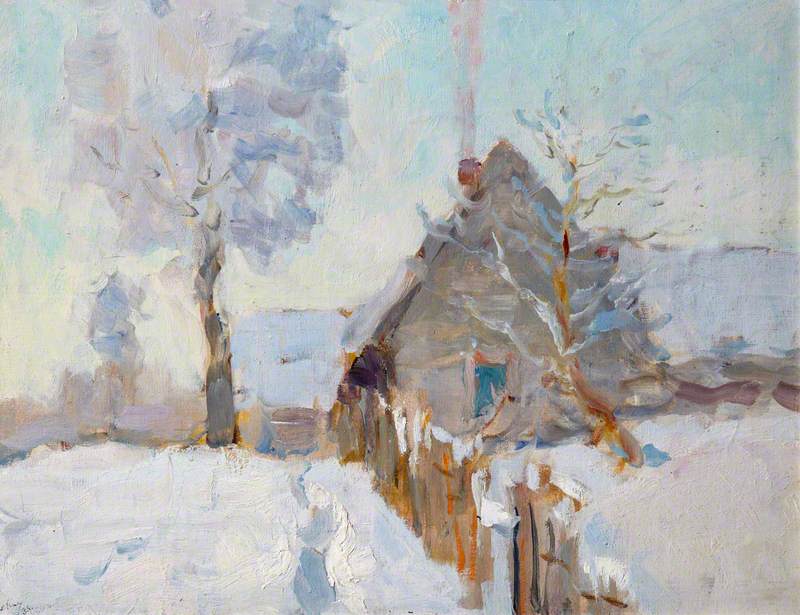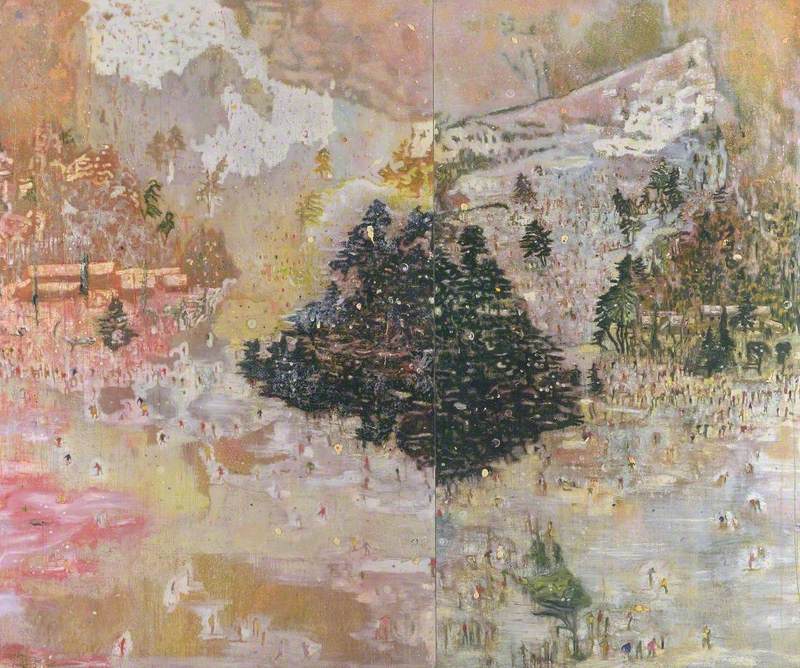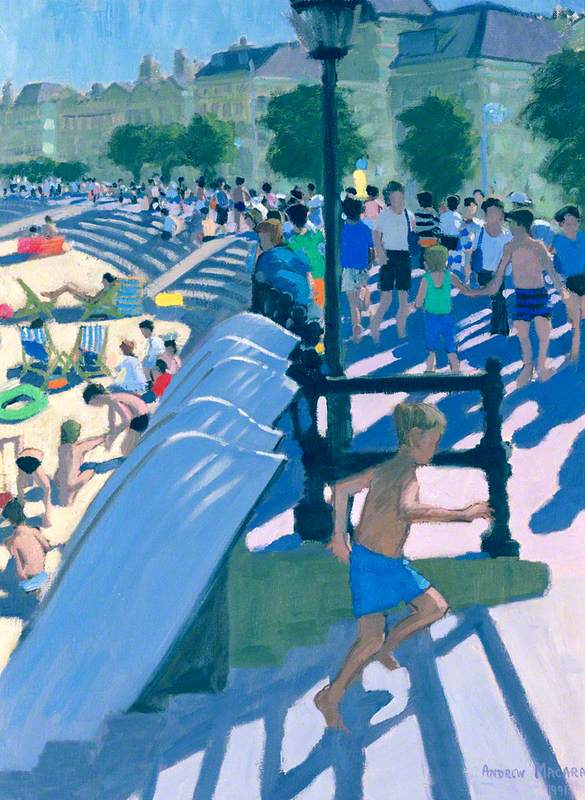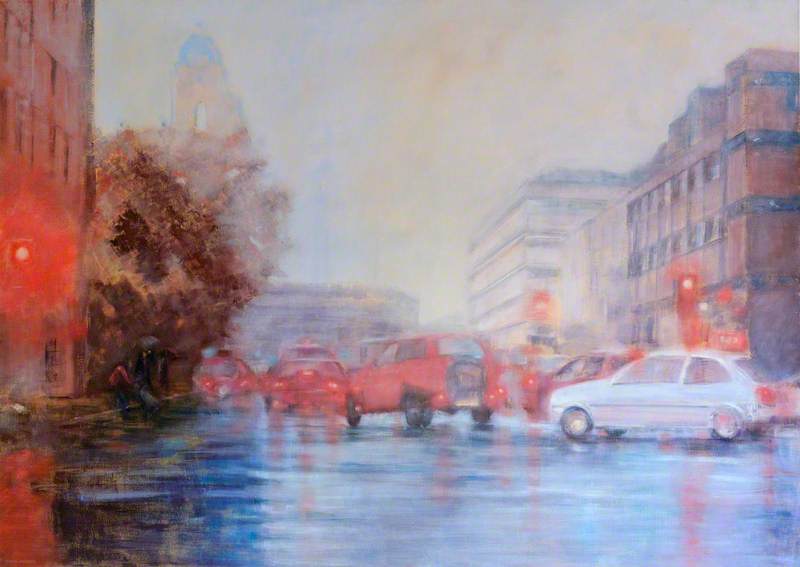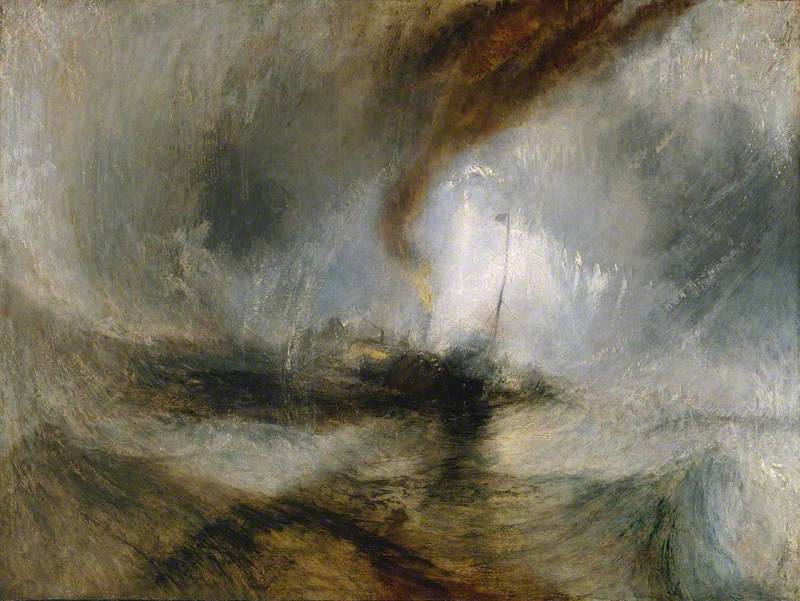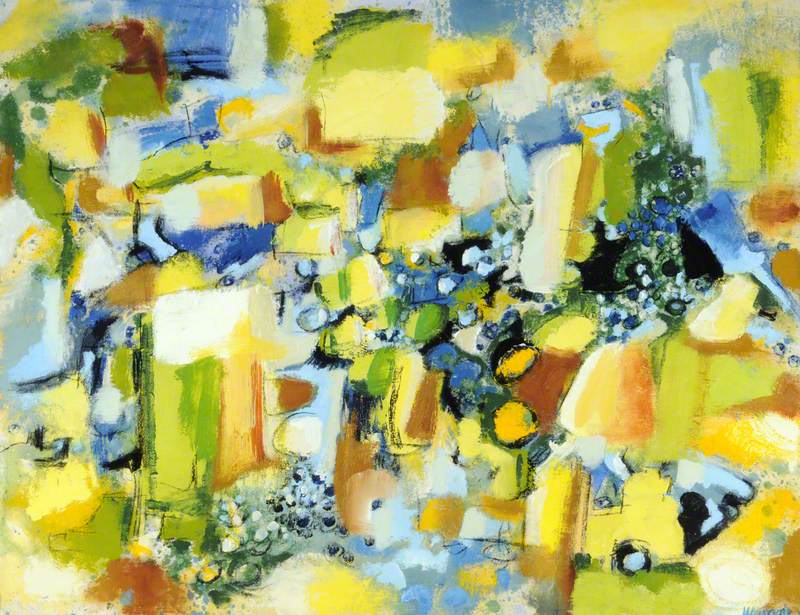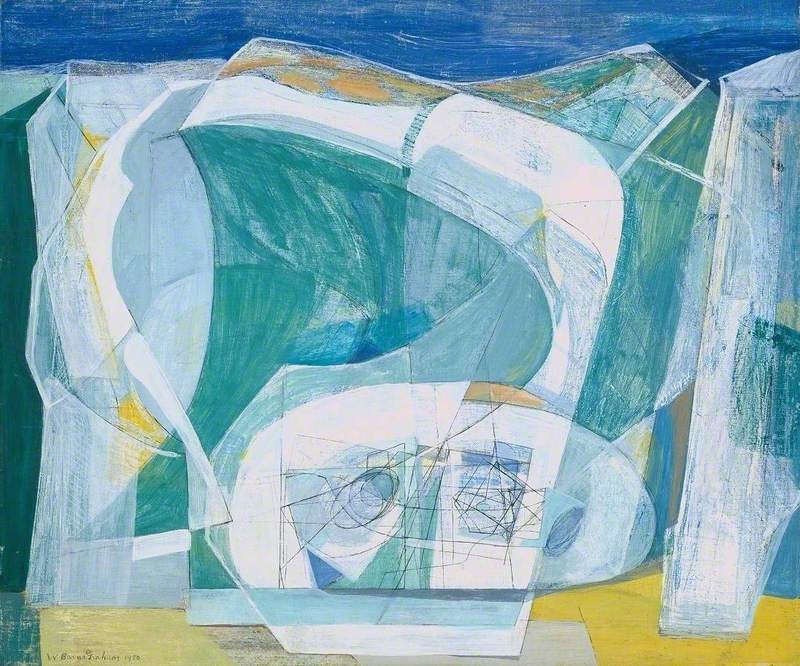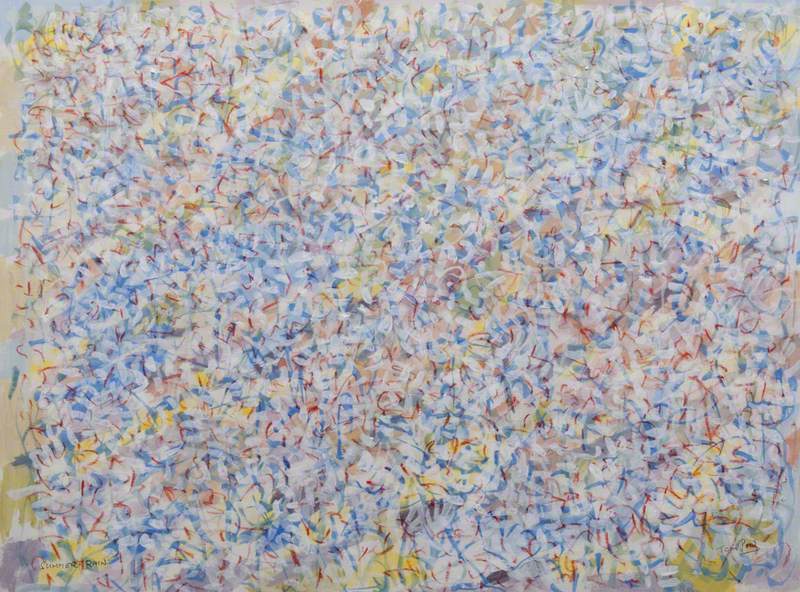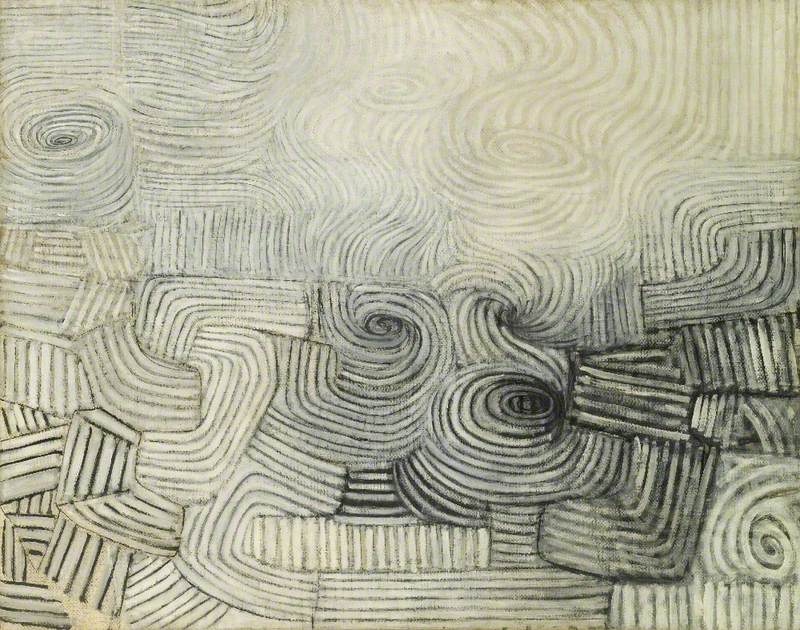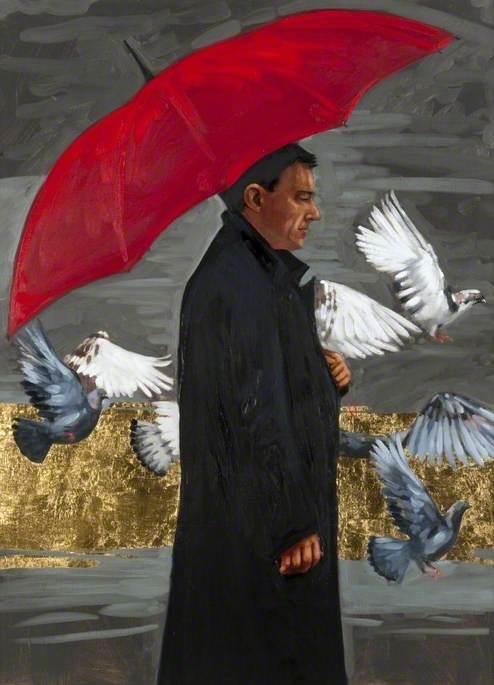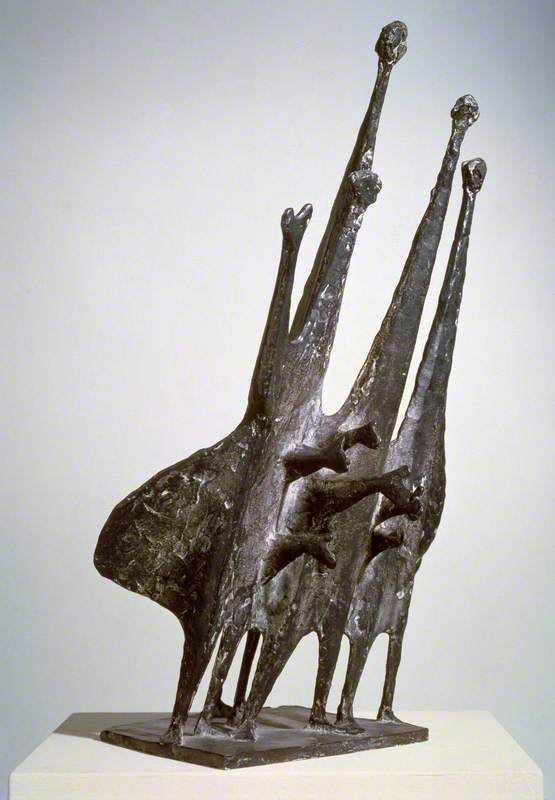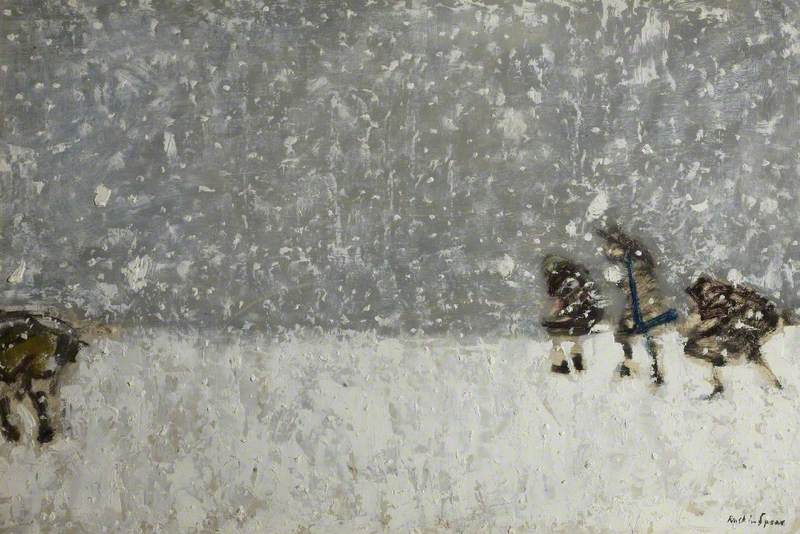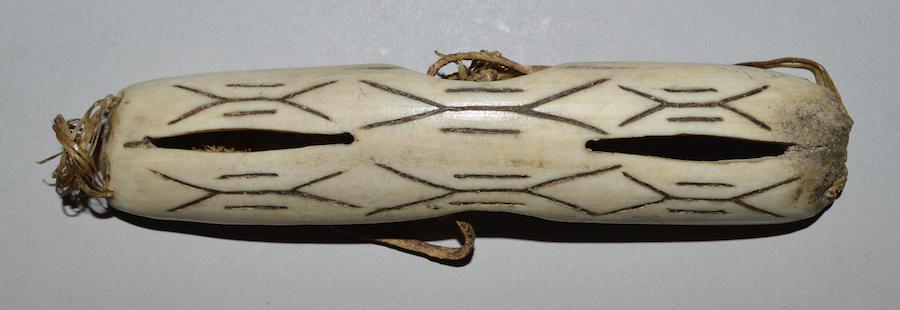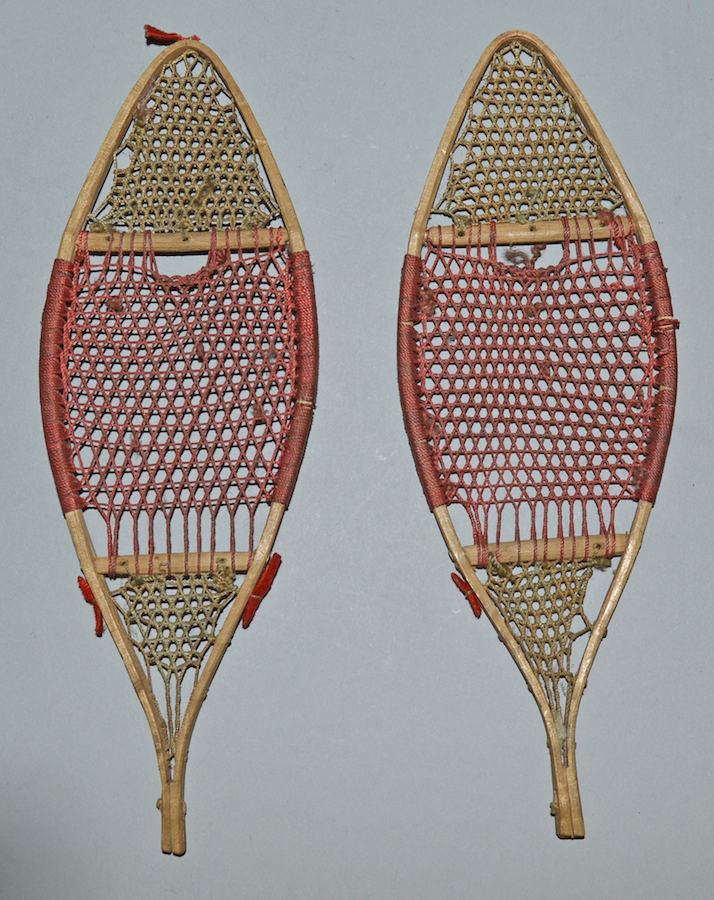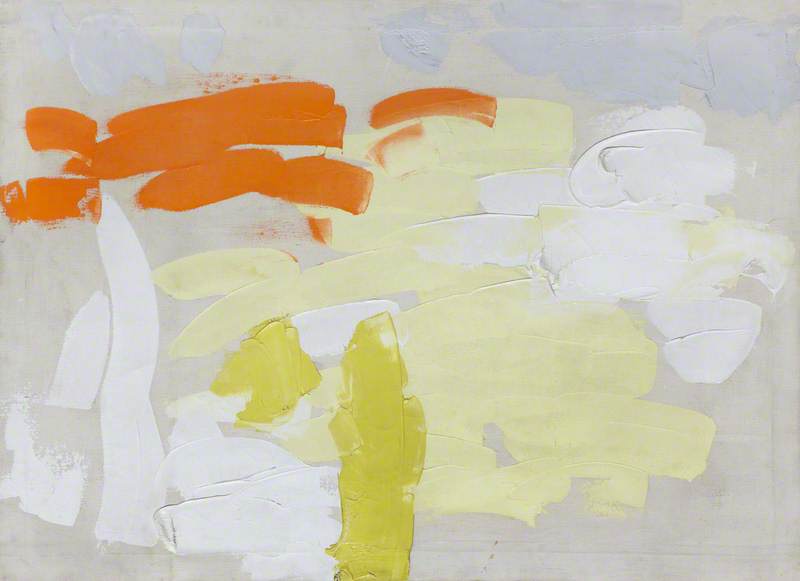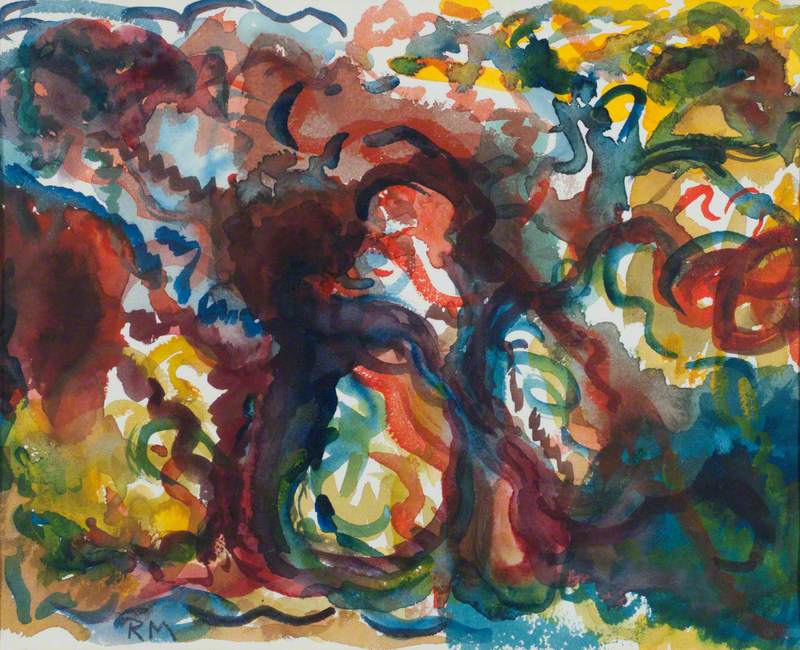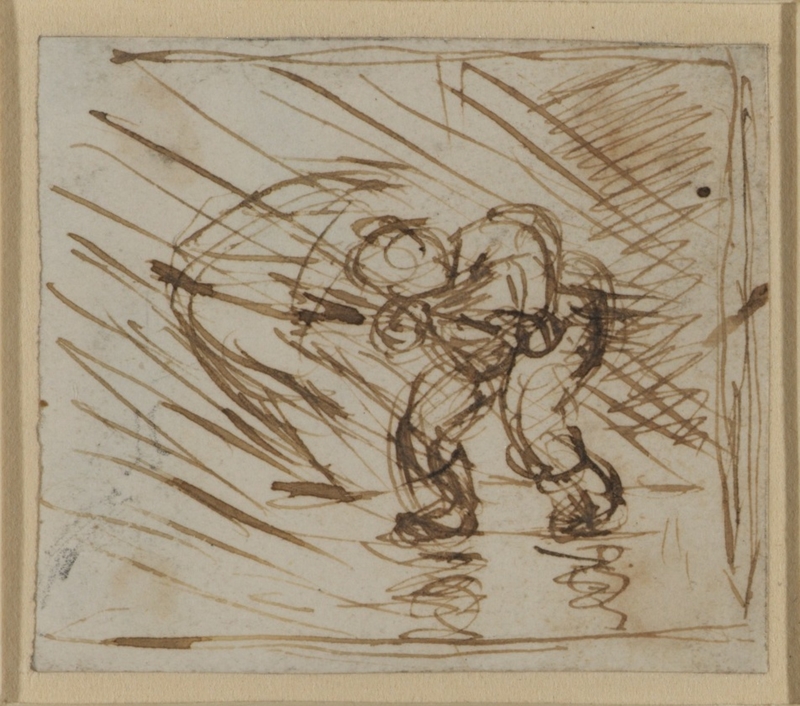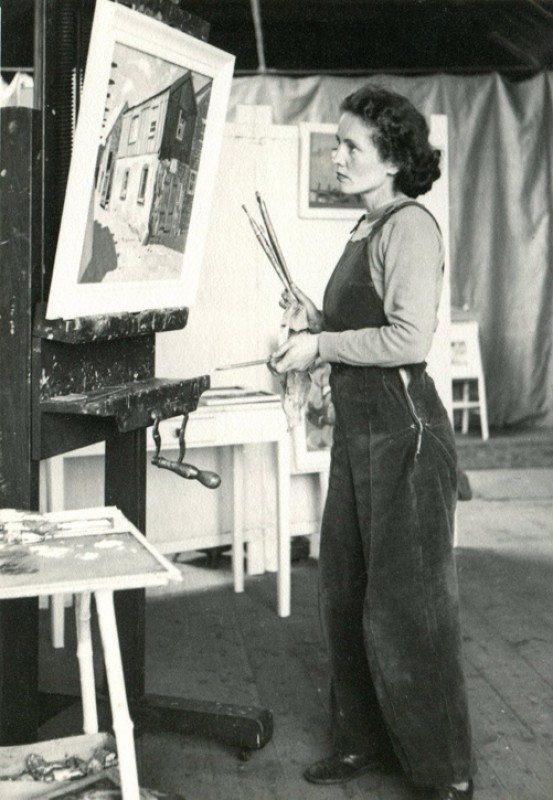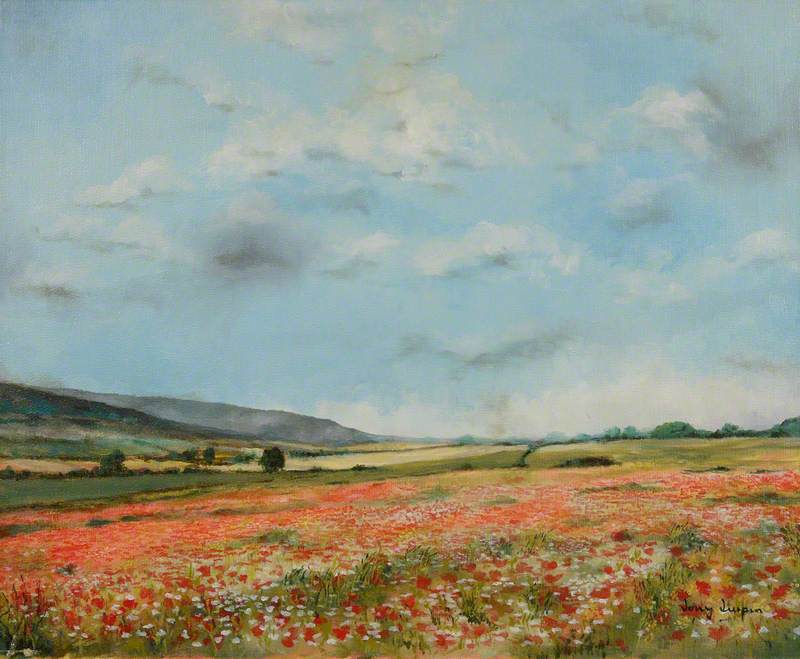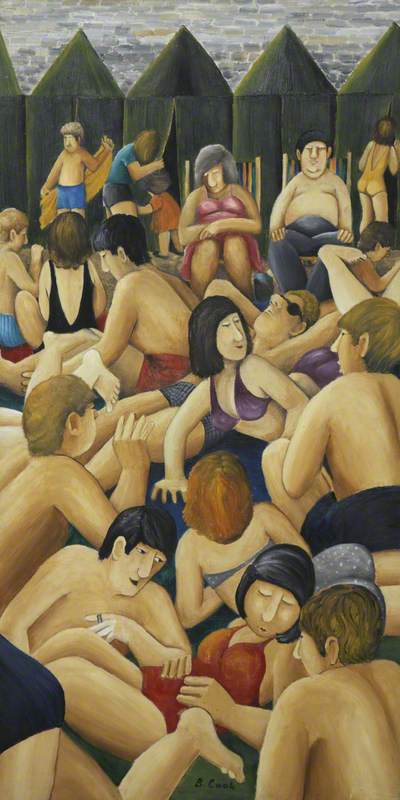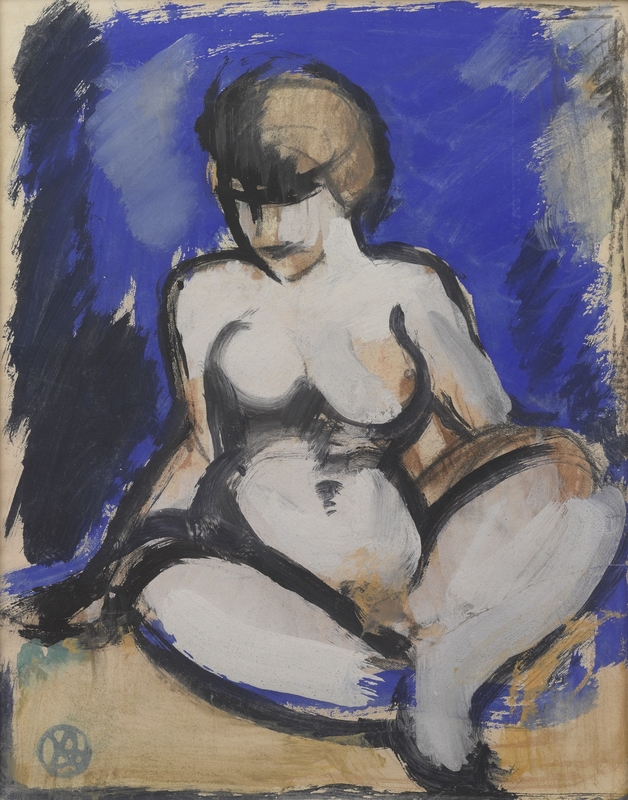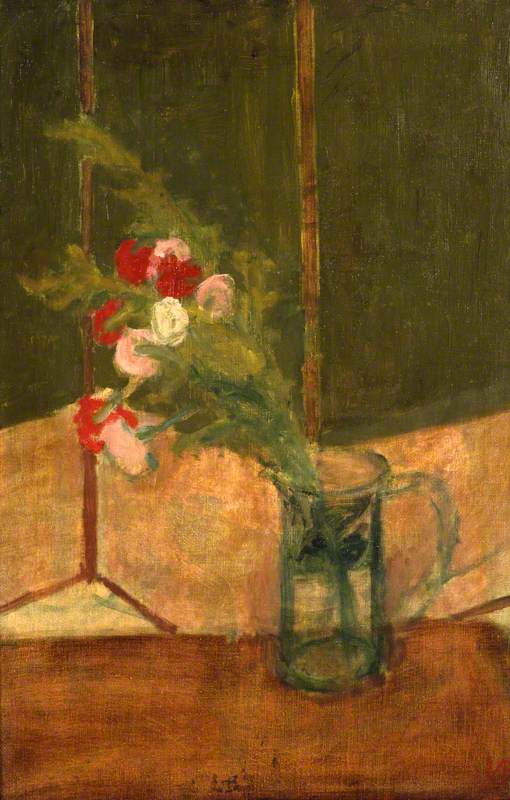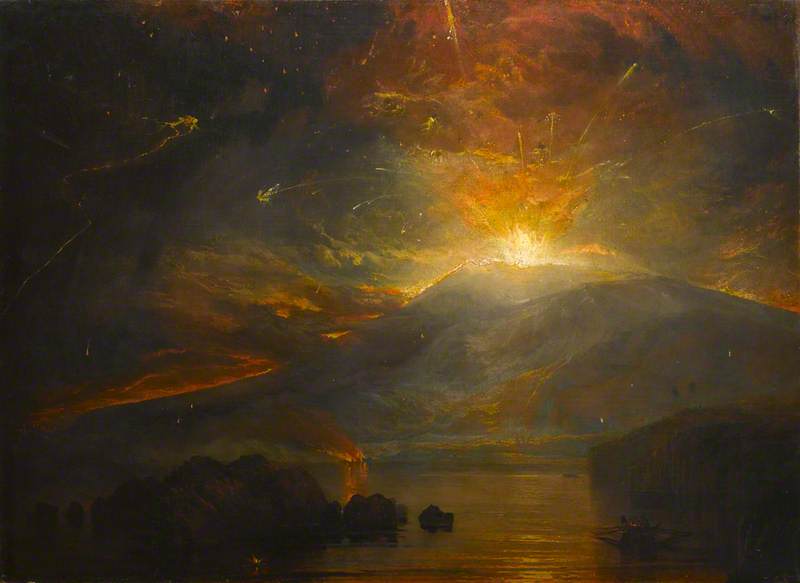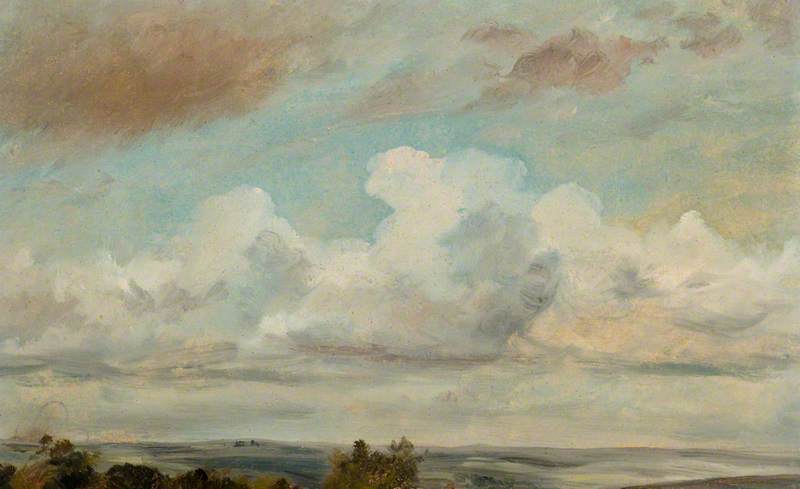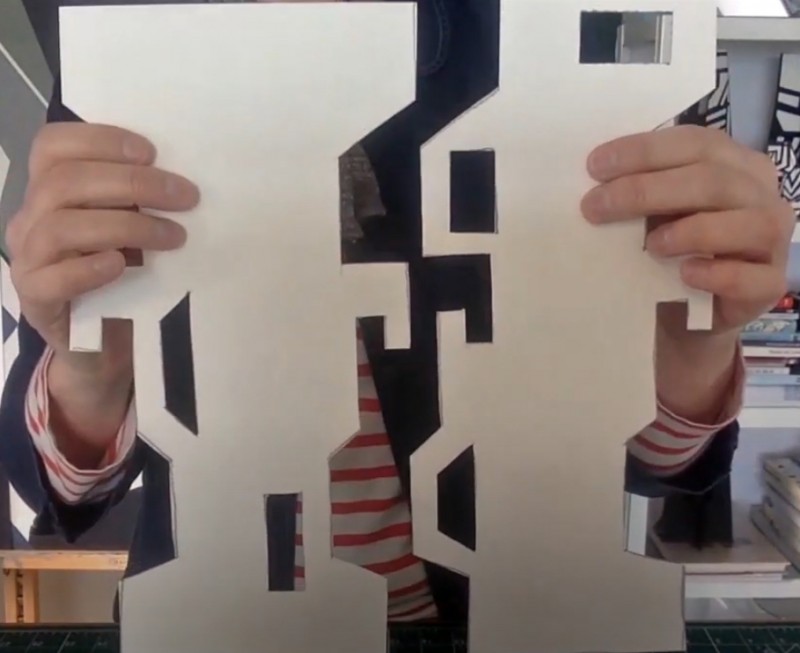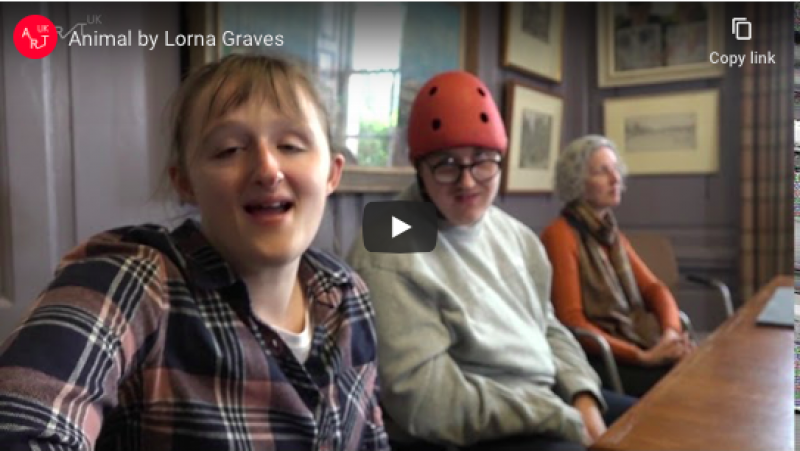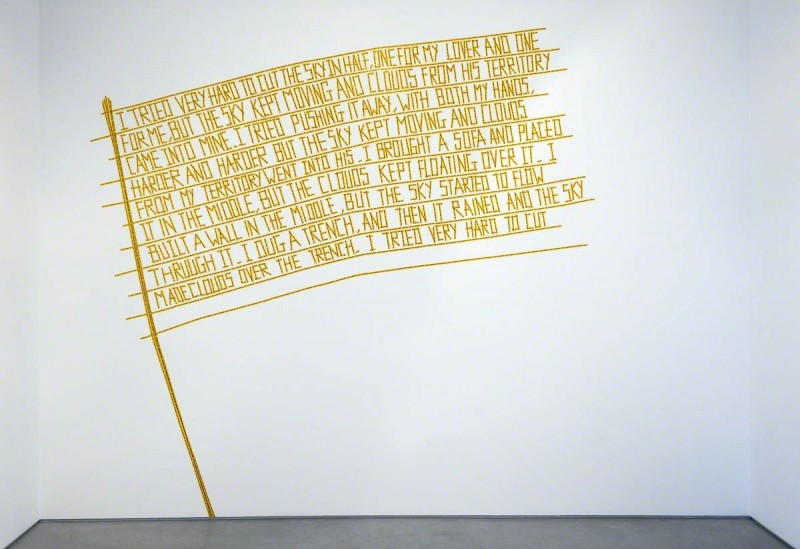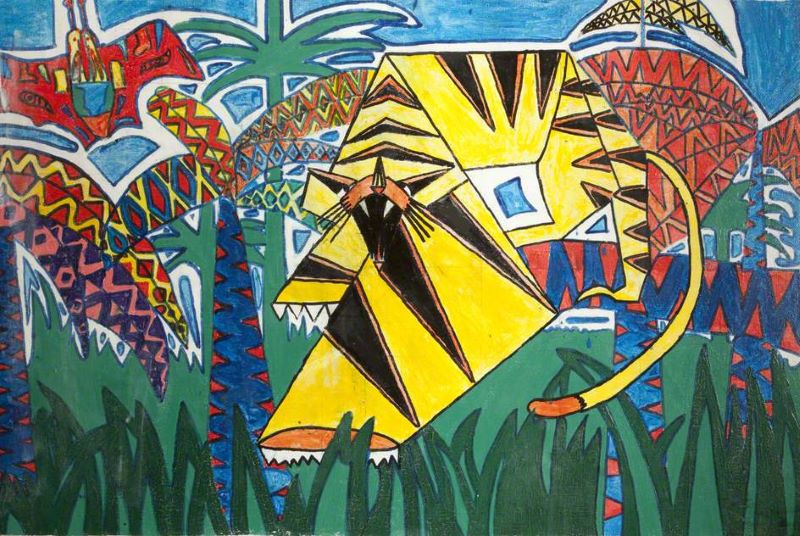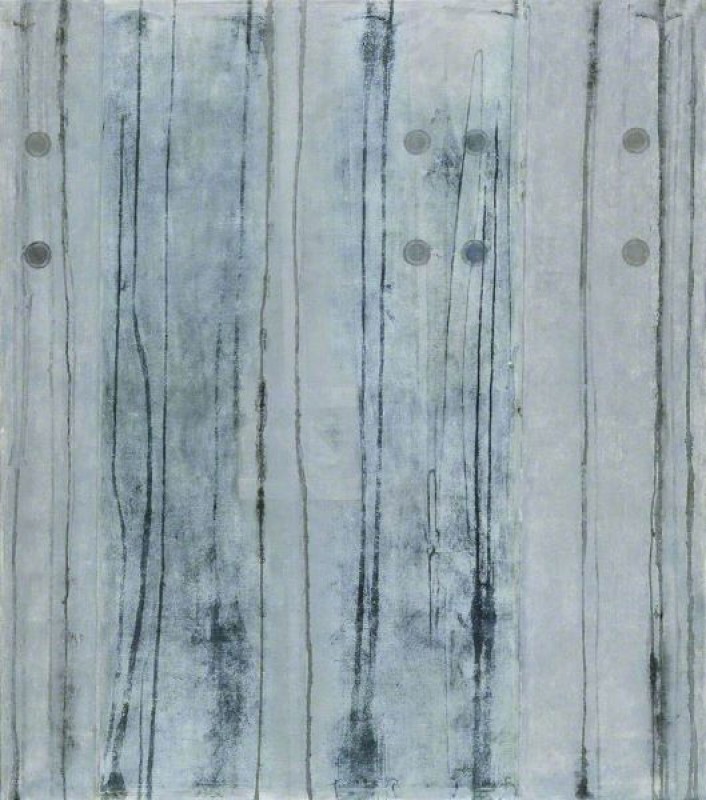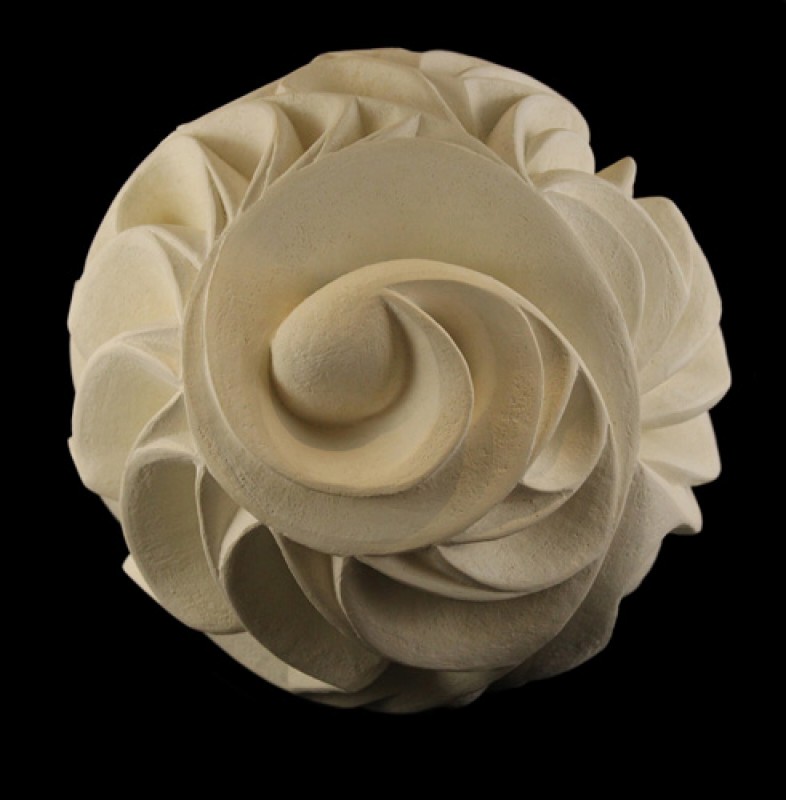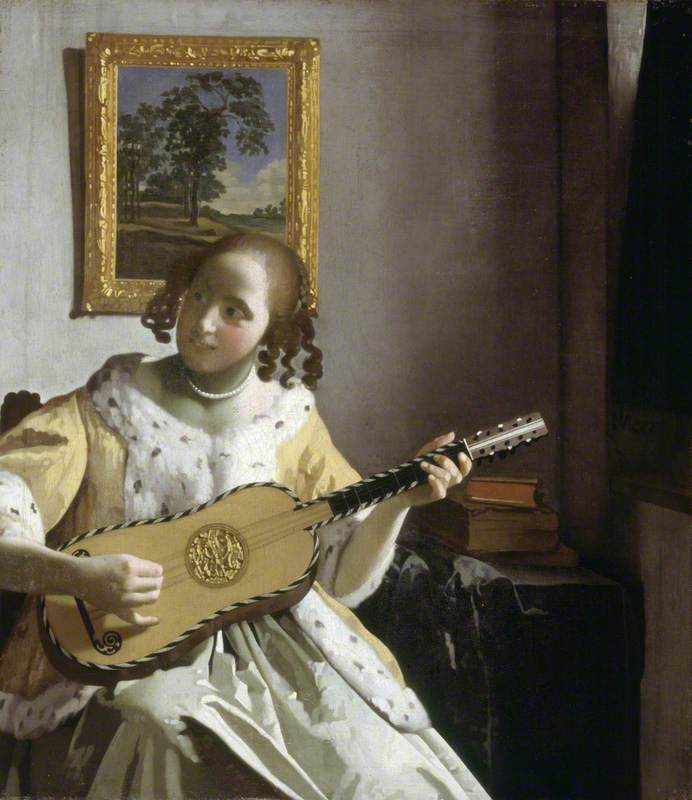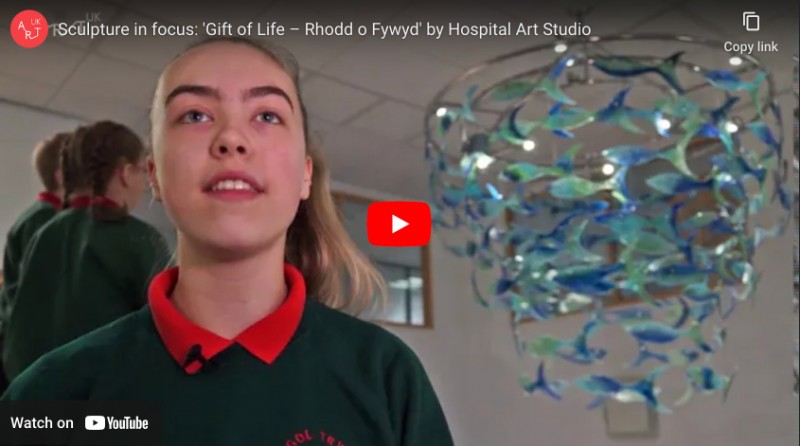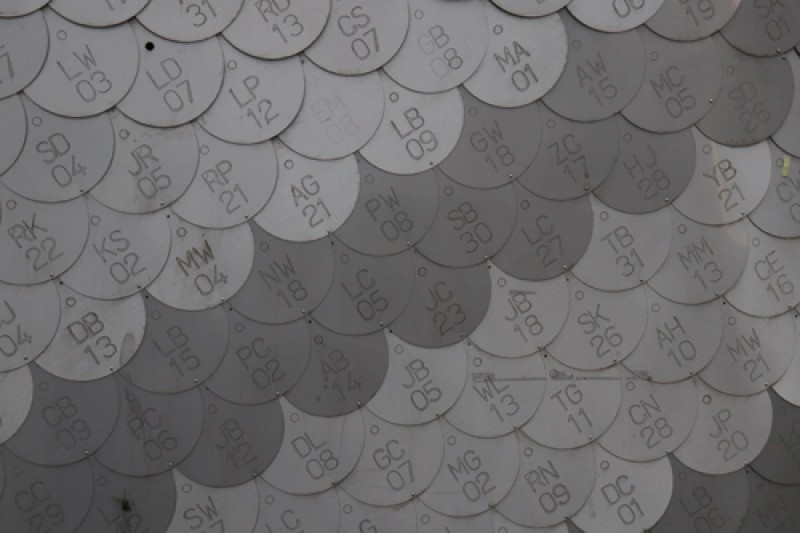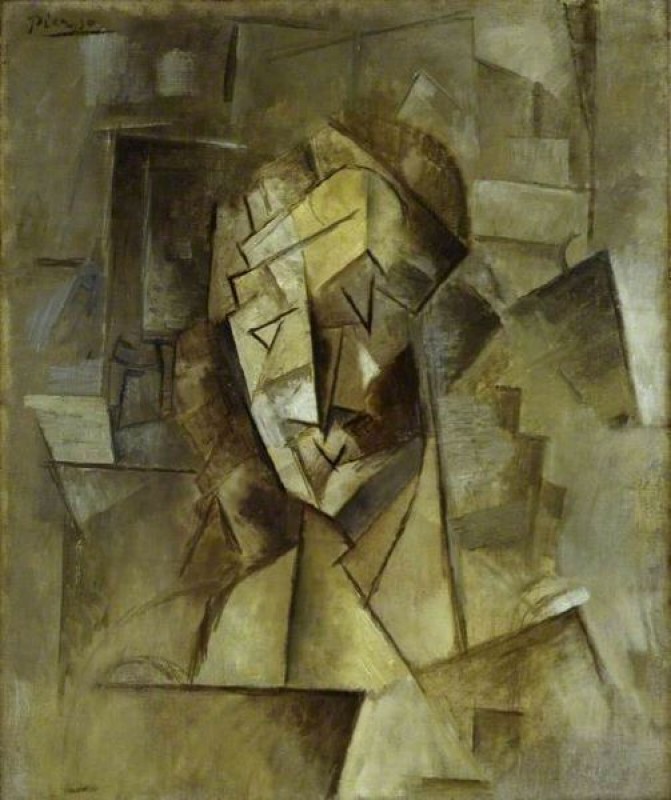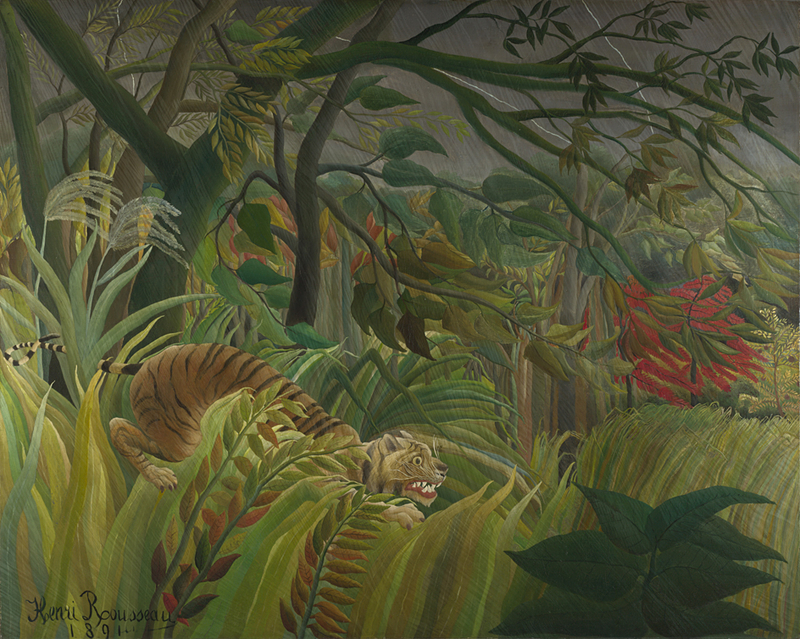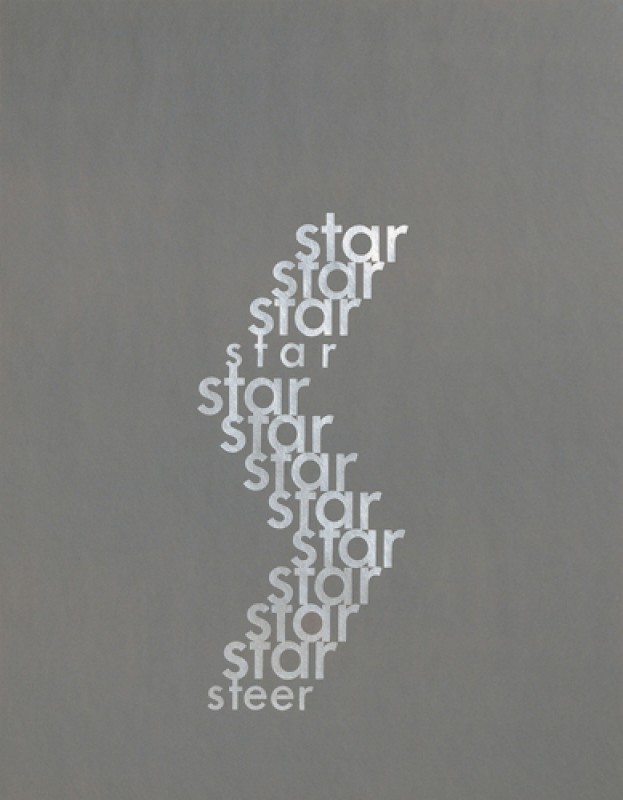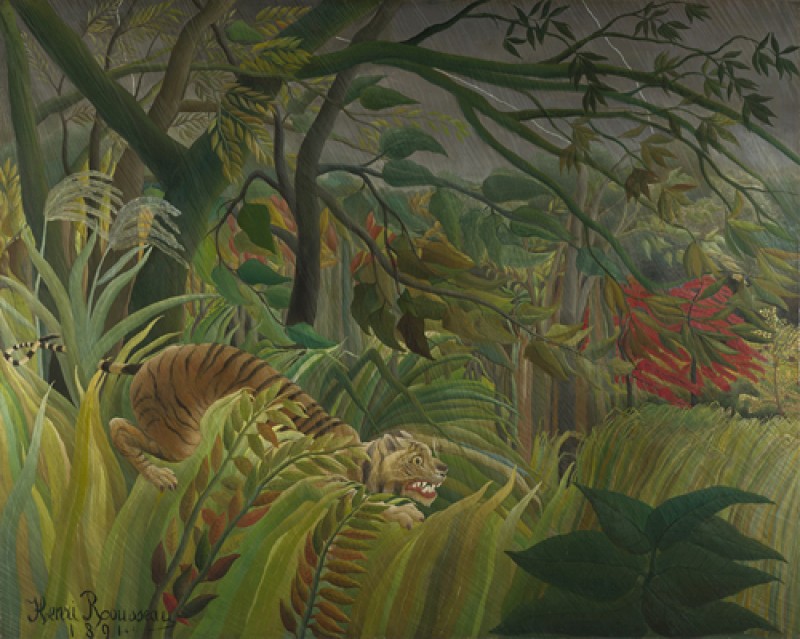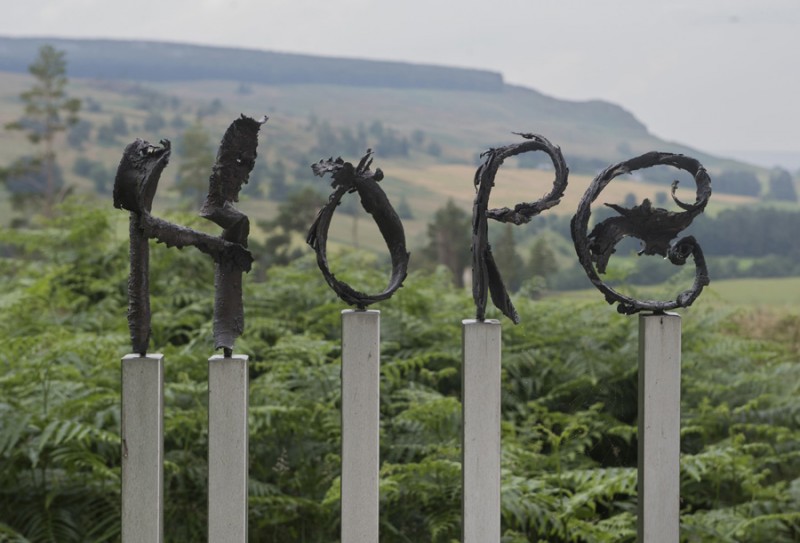Resource notes and guidelines
This Art and Design, English, and Geography resource offers a series of teacher-led, whole class or group activities.
The questions and discussion suggestions are voiced directly to students, allowing the resource to be easily presented to the class. The making activity at the end of the resource provides ideas and suggestions for developing a two-dimensional artwork project with your class. Teachers' guidance notes and contextual information are included throughout the resource.
The resource can be used together as a lesson plan or as individual components to integrate into your own scheme of work. It is designed for CfE Level 1/KS 1 students/National Curriculum Wales Foundation Phase Yrs 1 & 2, but can also be adapted for younger age groups.
Waking up to the snow
Imagine you wake up on a winter morning, look out of the window and the weather looks like this.
- What is the weather like in this painting?
- How do you feel when you see it?
- What would you do on a snowy day?
- What colours and textures can you see?
- Why do you think the fence and the sides of the house are the only colourful things in the painting?
Teacher notes
Snow has fallen – but it is a calm rather than a blustery day. You could point out to the students that the smoke from the chimney is going straight upwards and ask them what this tells us.
Notice how the artist hasn't just used white for the snow. Soft blues and pinks suggest the shadows and sunlight on the snow.
Look at the thick brushstrokes by the path through the snow and the flicks of white paint added to the top of the fence to suggest the settled snow.
Encourage students also to discuss the effect of snowfall. The fence and the walls of the building are vertical so do not get so easily covered in snow (unless there is a strong wind that blows the snow against them).
Painting the snow
This is a very different snow scene! At first, it looks like a mess of marks and shapes. But look closely…
- Can you spot a dog in the painting?
- Can you see the branches of trees?
- How has the artist used paint and brushstrokes to suggest the trees and the snow?
About the painting
This painting is called Dog in a Snowy Wood and was painted by an artist called Mary Kessell. Mary Kessell used lots of textures and expressive marks in her paintings.
She has cleverly used different brushstrokes, marks and lines to create this blustery snow scene. Thick messy brushstrokes suggest the rough snowy ground of the wood. Thinner delicate grey lines are used for the branches of the trees.
Snowy words
Think of words to describe how snow looks and makes you feel.
Teacher notes
The words could be about the snow itself (e.g. 'white', 'crunchy'); the temperature; or how the snow makes the landscape look – such as 'sparkly' or 'muffled'. Students could also think of words that express how the snow makes them feel – such as 'excited'. Encourage students to be imaginative with their word choices.
Write the words on the whiteboard and save them for use in the making and extension activities.
Sunshine!
When you wake up on another morning (many months later) the weather looks very different!
- What is happening in this painting?
- What is the weather like?
- What season do you think it is?
- How has the artist made it look sunny?
- Where do you think the sun is in the sky?
- What would you do on a sunny day like this?
Teacher notes
Although we can't actually see the sun, the artist has suggested its brightness through the colours he has used. The sky is clear blue, and the yellow of the beach and pink of the promenade paving is bright because the sun is shining on them. The strong purple shadows created by the railings, figures and steps also suggest the sun's brightness.
The shadows tell us that the sun is somewhere to the above right of the painting. The length of the shadows tell us that the sun is low in the sky – so it must be the afternoon or early evening.
Notice how the artist has used blues and purples for the shadows. We often think of shadows as grey or black but artists often use the colour complements of bright yellows and oranges for shadows. Complementary colours are colours that are on opposite sides of the colour wheel and contrast with each other more than any other colour. Artists use complementary colours to add brightness to an artwork.
Summer afternoon
Here is another painting of a summer day. It is by a Scottish artist called William Gillies who often painted the places near his home in Midlothian.
Summer Afternoon, Letterfearn
c.1947
William George Gillies (1898–1973)
Look how bright the colours are in the sunshine! Flecks of light reflect off the water and off the yellow dry grass at the front of the painting. Gillies' loose brush marks and dabs of colour make the landscape seem alive, dancing in the sunlight.
Sunshine words
Think of words to describe how sunshine looks and makes you feel.
Teacher notes
The words could be about the colour of sunlight (e.g. 'bright', 'yellow'); the temperature; or how the sunshine make a landscape or cityscape look. Students could also think of words that express how the sunshine makes them feel – such as 'optimistic' or 'lazy'. Encourage students to be imaginative with their words choices.
Write the words on the whiteboard and save them for use in the making and extension activities.
Rainy days
Oh no! It doesn't look so bright out there today. What does the weather look like in these paintings?
